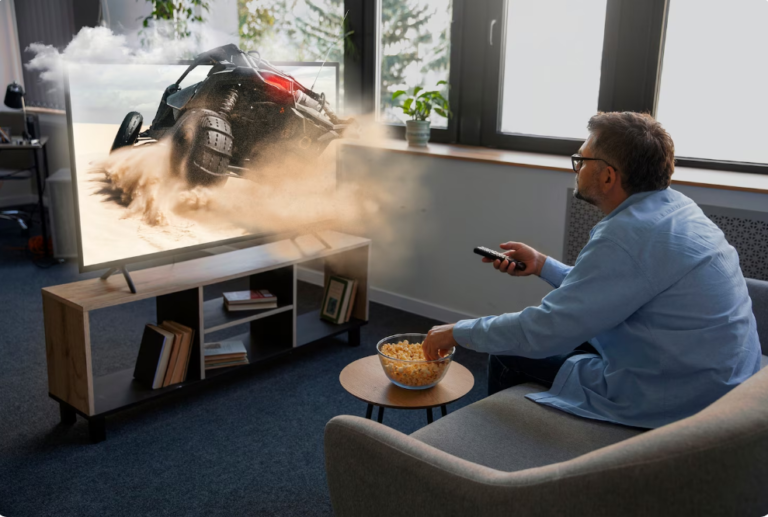In the ever-evolving landscape of manufacturing, precision isn’t just a goal—it’s a necessity. The push toward automation has introduced new possibilities for achieving this precision. Integrating automation into manufacturing processes offers numerous advantages, not least of which are enhanced accuracy and efficiency. But what does this integration really look like in practice? Let’s explore how robotic machine tending and onsite coating inspections are transforming the industry.
The Role of Robotic Machine Tending
Robotic machine tending is more than just a trend. It’s a vital component of modern manufacturing. By using robots to load and unload parts from machines, manufacturers can ensure a level of precision that human hands simply can’t match. These robots work tirelessly, never tiring, never making the small errors that can lead to significant issues down the line.
Imagine a production line where every part is handled with the exact same care and precision. No variations, no slip-ups. That’s the power of robotic machine tending. In a factory setting, these robots can operate 24/7, keeping the production line running smoothly even when human workers need to rest. This continuity is crucial in industries where time is money, and downtime can lead to substantial losses.
Enhancing Quality Control with Onsite Coating Inspections
In manufacturing, quality control is everything. A single flaw in a product can lead to a cascade of problems, from customer complaints to costly recalls. Onsite coating inspections have emerged as a critical aspect of ensuring that products meet the highest standards.
But what makes onsite coating inspections so effective? It’s the combination of cutting-edge technology and human expertise. Inspectors use advanced tools, like digital thickness gauges and imaging systems, to measure the uniformity and durability of coatings. These tools provide precise, quantifiable data that inspectors can analyze on the spot.
The Symbiotic Relationship Between Automation and Human Expertise
While automation is driving much of the change in manufacturing, it’s important to remember that it doesn’t operate in a vacuum. Human expertise still plays a crucial role, especially in areas like onsite coating inspections. The best results come from a symbiotic relationship between human inspectors and robotic systems.
For example, a robotic machine might handle the application of a coating, but a human inspector will evaluate the quality of that coating. The robot ensures consistency and precision in application, while the human inspector uses their experience and judgment to assess whether the coating meets the required standards. This collaboration between man and machine leads to better outcomes than either could achieve alone.
Customization and Flexibility Through Automation
One of the most exciting aspects of integrating automation into manufacturing is the increased customization and flexibility it offers. Robotic systems can be programmed to handle a wide range of tasks, allowing manufacturers to quickly switch between different products without the need for extensive retooling.
Take the example of a factory producing consumer electronics. One day, the production line might be assembling smartphones, and the next, it might be focused on tablets. With robotic machine tending, this transition can happen seamlessly, with minimal downtime. The robots can be reprogrammed on the fly to handle different components, ensuring that the factory can respond quickly to changes in demand.
The Future of Precision in Manufacturing
As we look to the future, it’s clear that automation will continue to play a pivotal role in manufacturing. The integration of robotic machine tending and onsite coating inspections is just the beginning. We can expect to see even more sophisticated systems that blend automation with human expertise, pushing the boundaries of what’s possible in terms of precision and efficiency.









+ There are no comments
Add yours